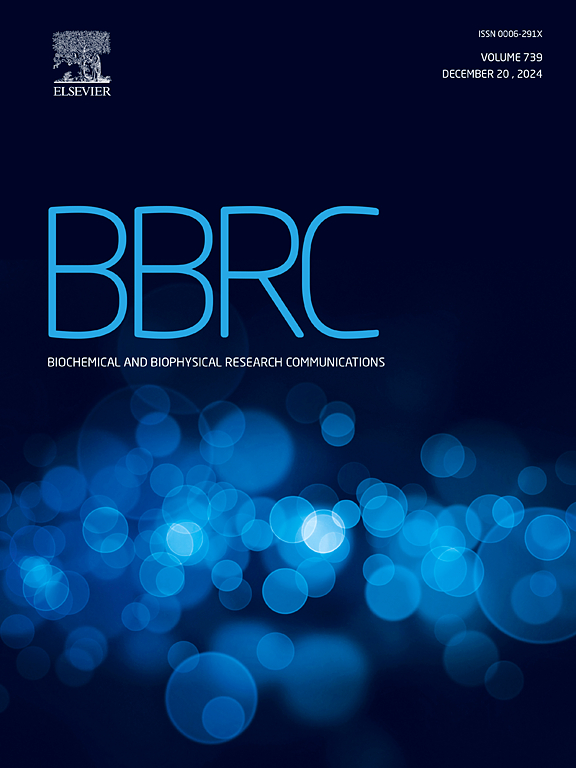Histone lysine demethylase 1A inhibitors, seclidemstat and tranylcypromine, induce astrocytogenesis in rat neural stem cells
IF 2.5
3区 生物学
Q3 BIOCHEMISTRY & MOLECULAR BIOLOGY
Biochemical and biophysical research communications
Pub Date : 2025-01-27
DOI:10.1016/j.bbrc.2025.151330
引用次数: 0
Abstract
Identifying the molecules that control neural stem cell (NSC) fate would revolutionize treatment strategies for neurodegenerative diseases. Histone lysine demethylase 1A (KDM1A) demethylates the mono- and di-methyl groups of histone 3 lysine 4 (H3K4) and H3K9 and plays an essential role in NSC proliferation. In this study, we investigated the effects of Seclidemstat (SP-2577), a reversible KDM1A inhibitor, and tranylcypromine (TCP), a monoamine oxidase inhibitor and recently known as an irreversible histone lysine demethylase 1A inhibitor, on NSCs. SP-2577 and TCP increased glial fibrillary acidic protein expression (GFAP), decreased βIII-tubulin (TUBB3) expression, and phosphorylated signal transducer and activator of transcription 3 (STAT3) in rat NSCs. SP-2577 and TCP enhanced the transcription of Gfap and reduced Tubb3 transcription. Furthermore, SP-2577 increased the transcription levels of interleukin-6 and leukemia inhibitory factor, while TCP induced the transcription level of fibroblast growth factor 2. Therefore, we show that the KDM1A inhibitors, SP-2577 and TCP, induce astrocytogenesis in rat NSCs. These findings suggest that KDM1A is a target for regulating NSCs fate and provide insights into the molecular mechanisms underlying neurodevelopmental processes and epigenetics.
求助全文
约1分钟内获得全文
求助全文
来源期刊
CiteScore
6.10
自引率
0.00%
发文量
1400
审稿时长
14 days
期刊介绍:
Biochemical and Biophysical Research Communications is the premier international journal devoted to the very rapid dissemination of timely and significant experimental results in diverse fields of biological research. The development of the "Breakthroughs and Views" section brings the minireview format to the journal, and issues often contain collections of special interest manuscripts. BBRC is published weekly (52 issues/year).Research Areas now include: Biochemistry; biophysics; cell biology; developmental biology; immunology
; molecular biology; neurobiology; plant biology and proteomics

 求助内容:
求助内容: 应助结果提醒方式:
应助结果提醒方式:


